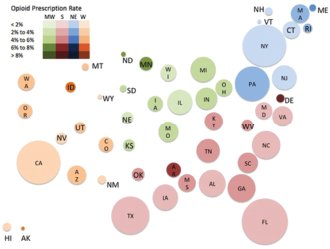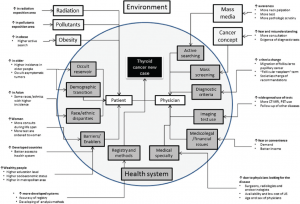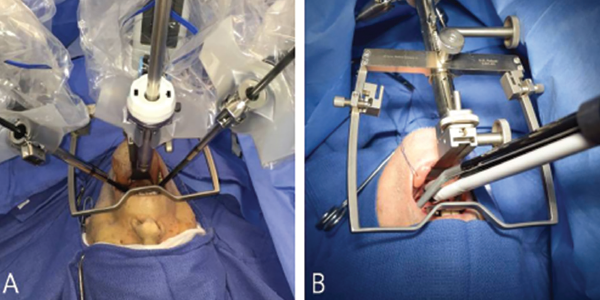Obtaining abundant material under general anesthesia may reduce the risk of diagnostic error and inadequate treatment.

Survivors of Head and Neck Cancer Can Experience Long-Lasting Cognitive Impairment
Head and neck cancer survivors have neurocognitive sequelae up to two years after definitive chemoradiotherapy or radiation treatment.
Limited Data Available on Genetic Drivers of HNSCC in Low- Risk Patients
There is a clear need for further research on genetic alterations underlying the rising incidence of HNSCC in low-risk, nontraditional patients.

Interplay of Factors Account for Rise in Thyroid Cancer Diagnoses
Most of the increase in incidence of thyroid cancer is related to factors that promote early diagnosis of low-risk lesions.
Depression Affects Two-Year Survival Rates in Head and Neck Cancer Patients
Depression at time of treatment planning appeared to be as important a predictor of two-year survival as traditional clinical prognostic indicators.
Better Consensus Needed for Anticoagulation Use Following HN Free Flap Procedures
There is inadequate evidence to develop a standardized protocol for optimal anticoagulation therapy in patients undergoing free flap reconstruction of the head and neck.

Da Vinci Sp Efficient Alternative to da Vinci Si with Transoral Anatomy
Surgical workflow was more streamlined with the da Vinci Sp system.
HN Sweat Gland Adenocarcinoma Rare, But Locally Aggressive
HNSGA are locally aggressive tumors that most commonly occur on the face. Their presence predicts poorer outcomes.
Patients with ACC Benefit from Postoperative Radiation
Patients with ACC who do not receive postoperative radiation therapy (PORT) have poorer local control
Changes in Thyroid Cancer Incidence Post-2009 ATA Guidelines
The rapid increase in thyroid cancer incidence rates over the past three decades has recently slowed
- « Previous Page
- 1
- …
- 9
- 10
- 11
- 12
- 13
- …
- 20
- Next Page »